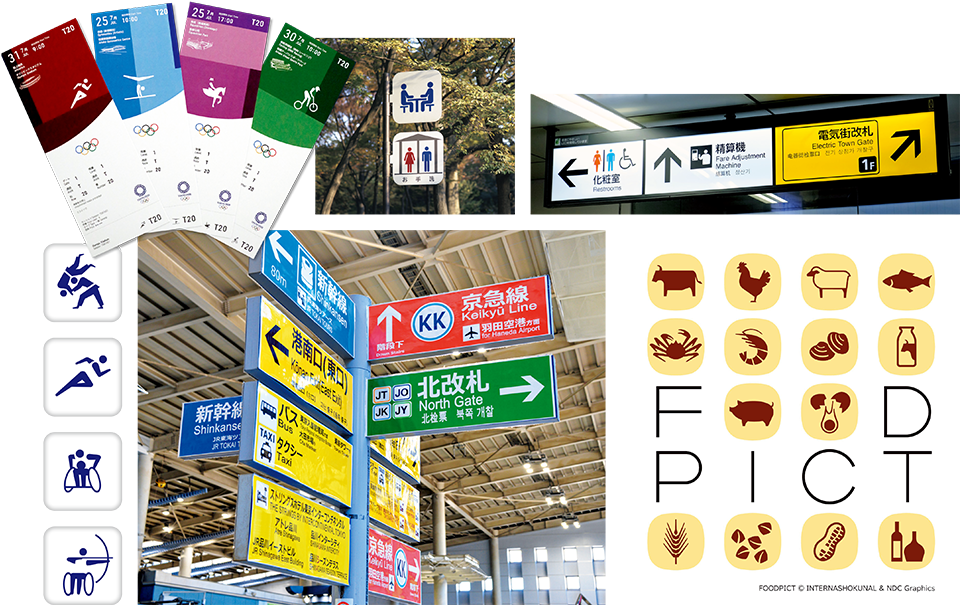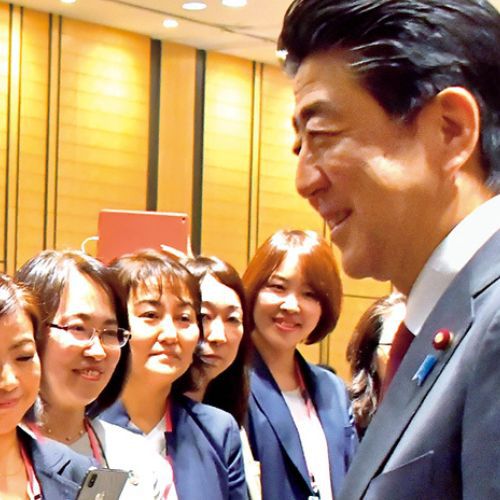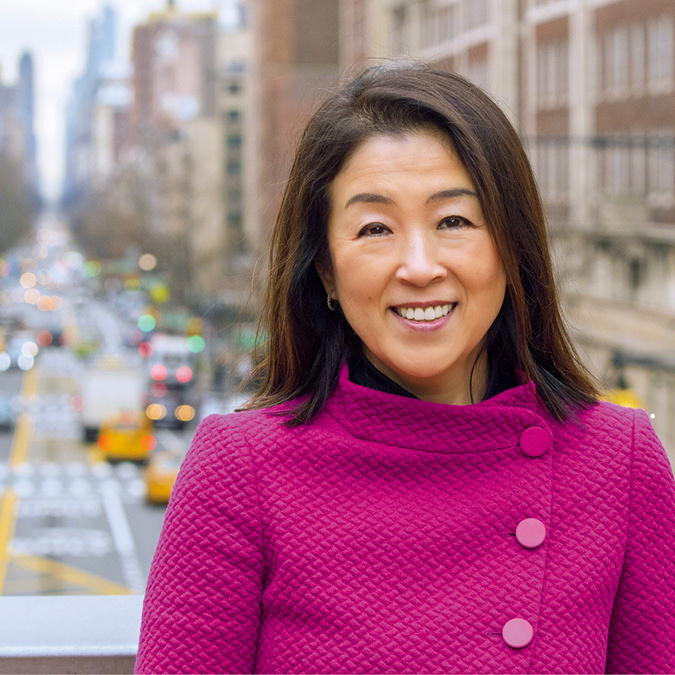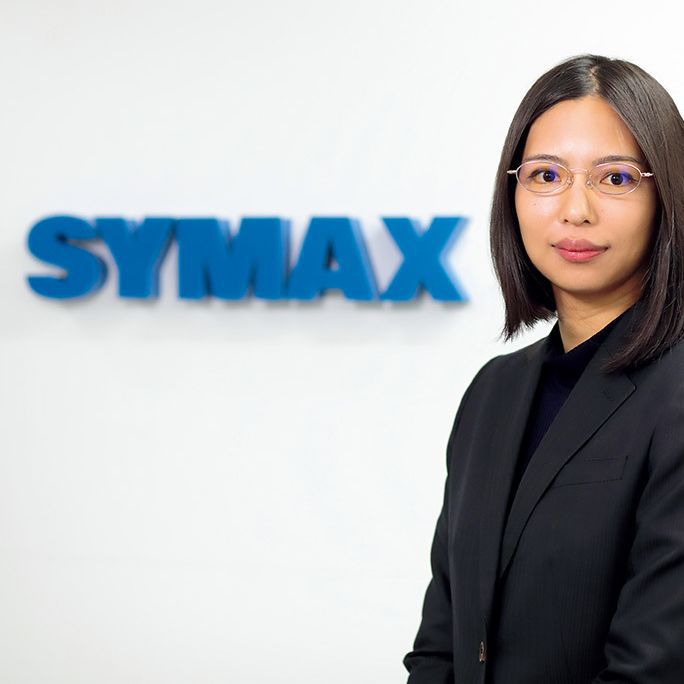Preparations are proceeding in Japan to offer athletes and spectators peace of mind during their visit to this year’s games. Pictograms and multilingual displays will smoothly guide visitors across the whole of Japan, and a worry-free environment is being created for monetary transactions. Everyone is going to have a great time!
With the opening of TOKYO 2020 fast approaching, Japan is making preparations so that athletes and spectators visiting from around the world will enjoy a pleasant stay. The first time that the Summer Games were held in Tokyo was in 1964, an era when overseas visits to Japan were still rather rare. As a way of communicating without using words, pictograms were introduced. Historically, it was the first use of sports pictograms at the Olympics. By accurately displaying various events, pictograms were an excellent tool for conveying essential information, and were continued to be used at subsequent Olympic and Paralympic Games. Inheriting the 1964 innovation, TOKYO 2020 will again use sports pictograms depicting the dynamic movements of athletes. Both athletes and spectators should find it helpful.
Information pictograms also have an important role to play in a variety of places, showing the locations of public transit stations, restrooms and so on. The use of food pictograms—icons representing food items—at restaurants, such as those in airports, is also on the rise. This will assist people with dietary restrictions in making appropriate menu selections.
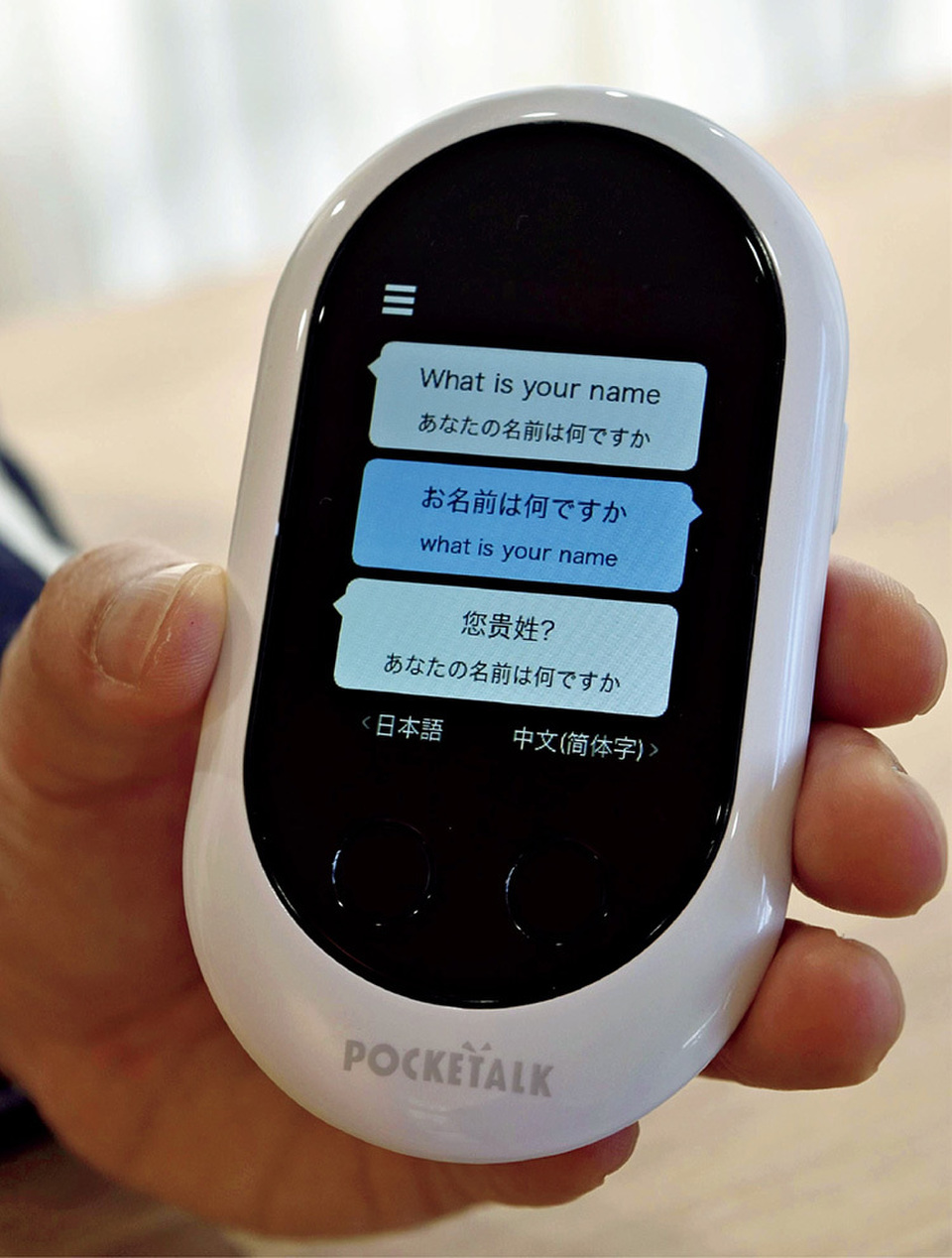
When you speak into the terminal, the spoken content is automatically converted into the language of the other party and is read aloud.
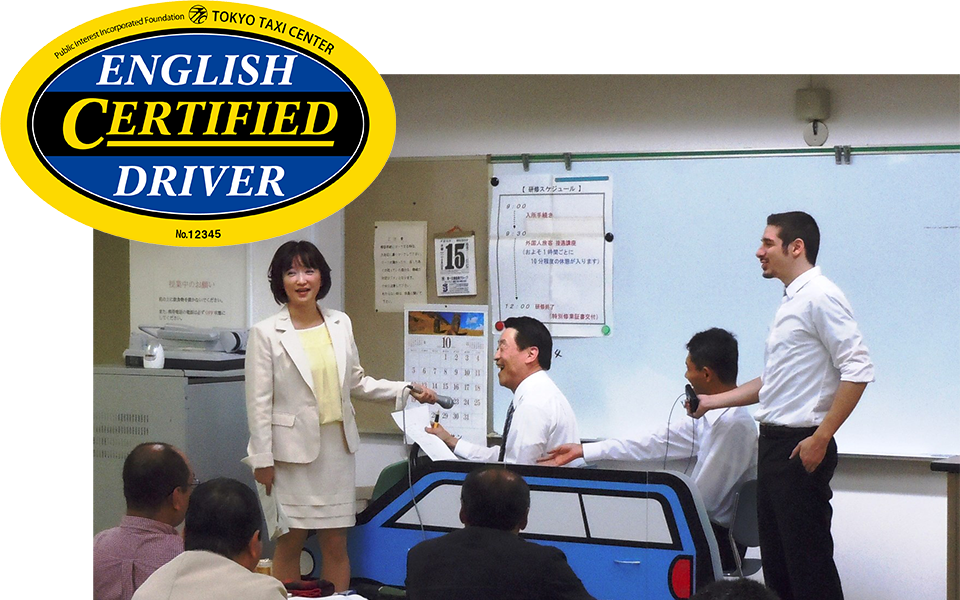
The taxi industry offers language courses to drivers for smoother communication in English. Drivers who complete the course receive a sticker to display on their taxis.
In 2020, Tokyo will also advance substantially in terms of verbal and written communication. At train stations and inside train cars, it is now standard to offer guidance in four languages, including English. To make sure travelers arrive at their intended destinations, English-capable tourist information centers have been established at 132 major train stations and tourist spots around Tokyo. Taking a taxi directly to one’s destination is also worry-free. The Tokyo Taxi Center is continuously training drivers to interact in English. More than 9,000 drivers have completed role-playing exercises in English, and over 500 qualify for advanced certification.
Multilingual automatic translation machines that use ICT (information and communication technology) are also being installed in shops and facilities. A handy translation machine equipped with an AI translation engine, developed by a pubic research institute in Japan, has become popular throughout the country. With high translation accuracy, acquired by machine learning of Japanese syntax along with place names and other proper nouns, these machines enable smooth communication with guests from around the world.
In addition to language problems, making monetary transactions can be a source of worry to many people. However, even if you are unable to exchange your money at the airport, there are many locations where you can do so. At access points to airports and inland destinations, such as Tokyo, Shinjuku, and other major train stations, English-capable foreign exchange services are being installed right in the station.
For visitors who expect to use transit services frequently, widely used e-money IC cards (such as Suica or PASMO) are convenient—not only are they handy as fare cards for trains and buses in Tokyo and other major cities, but they also function as electronic money IC cards for making purchases. Recharging an IC card with Japanese yen can be done at ticket vending machines in train stations, and recently “Pocket Change” terminals have been placed in airports and train stations, allowing the cards to be recharged directly with foreign currency.
Nationwide, stores and ATMs routinely accept international credit and debit cards; credit cards can also be used at about 90% of all restaurants, leisure facilities, and guest lodgings.[1] Additionally, Japanese yen can be easily withdrawn, in 12 different languages, from over 25,000 Seven Bank ATMs installed at Seven-Eleven convenience stores and at facilities such as shopping malls, letting visitors make cash purchases at stores that do not accept cards.
Motivated by Tokyo 2020, Japan has raised service levels in exciting ways. To experience this user friendliness directly, please come and visit Japan yourself.
[1] Based on a survey of the restaurant industry, the leisure/hospitality industries, and other services that employ 30 or more people, with responses from 575 firms (Nomura Research Institute survey results).
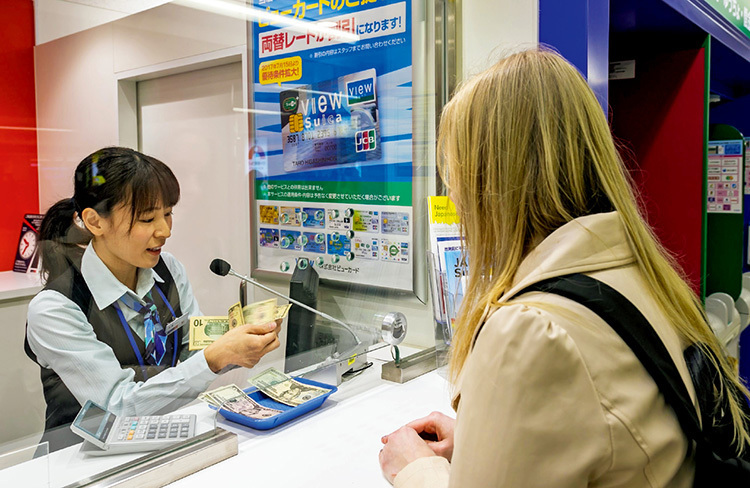
Staff can speak English at most foreign exchange counters in train stations. Large sums of money can be changed without worrying.
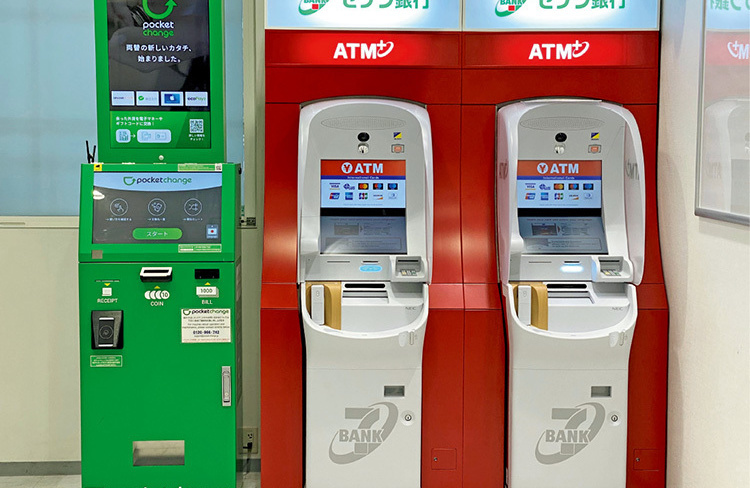
A Pocket Change kiosk (left) and Seven Bank ATMs. Both can be accessed in several languages, and both can be used to recharge IC cards.
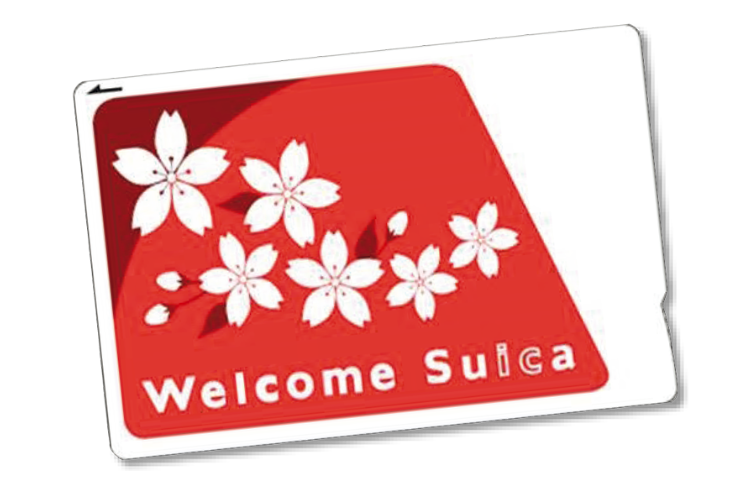
Welcome Suica is a rechargeable IC card for foreigners.
https://www.jreast.co.jp/e/welcomesuica/welcomesuica.html


























